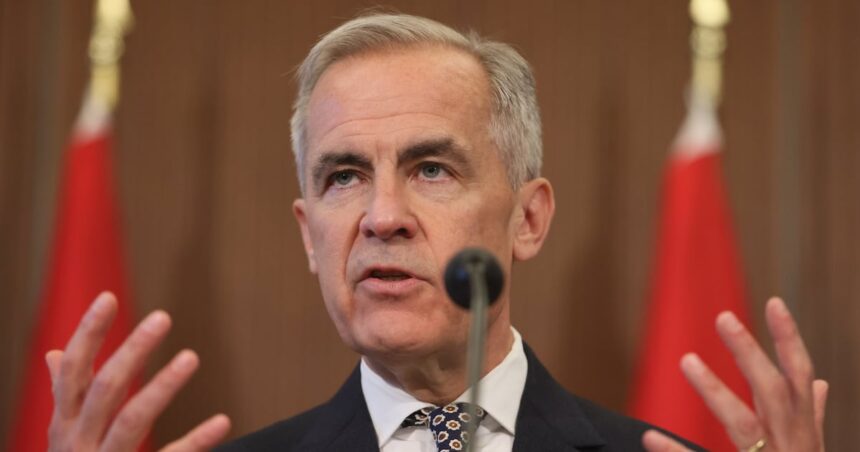In a pivotal late-night session before the summer recess, the House of Commons passed the Liberal government’s contentious major projects legislation Thursday, marking a significant shift in how Canada will approve critical infrastructure developments. The bill cleared with a vote of 175-147, with the NDP backing the government while Conservative and Bloc Québécois MPs stood firmly in opposition.
The Building Canada Act, as it’s formally known, represents the most substantial overhaul of Canada’s project approval process in decades. Prime Minister Justin Trudeau has positioned the legislation as a balanced approach that will accelerate economically vital projects while maintaining environmental safeguards—a delicate balancing act in a country where resource development frequently collides with climate commitments.
“This legislation gives Canada the tools to compete in the 21st century economy while respecting our environmental responsibilities,” Environment Minister Steven Guilbeault told reporters following the vote. “We can no longer afford endless delays on projects that create jobs and support our transition to clean energy.”
The bill establishes a new framework for expediting approvals for projects deemed in the “national advantage”—including critical minerals mining, hydrogen facilities, and electric vehicle battery plants. Most controversially, it grants cabinet expanded powers to designate priority projects and streamline their regulatory pathways.
Conservative MPs have criticized the legislation as creating excessive ministerial discretion. “This is power centralization disguised as efficiency,” opposition critic Michael Barrett argued during final debate. “The Liberals are asking Canadians to trust cabinet decisions made behind closed doors with minimal transparency.”
Indigenous leaders have expressed mixed reactions. The Assembly of First Nations acknowledges improved consultation requirements but warns about potential limitations on full consent processes. “We see progress in the recognition of Indigenous knowledge systems, but remain concerned about implementation details,” National Chief Cindy Woodhouse stated in a formal response.
The bill faced numerous amendments during committee review, including strengthened language on Indigenous consultation and clearer environmental assessment criteria. However, attempts to add mandatory emissions testing for all designated projects were defeated.
Business groups, particularly those in resource development, have generally welcomed the legislation. The Canadian Chamber of Commerce called it “a necessary step toward regulatory certainty,” while environmental organizations like Environmental Defence criticized what they describe as “weakened ecological protections.”
The legislation now moves to the Senate, where further scrutiny awaits. Senators have signaled their intention to thoroughly examine the bill’s implications for provincial jurisdiction and environmental oversight. Given the approaching summer recess, final passage is unlikely before fall.
As Canada navigates competing priorities of economic development, climate action, and reconciliation with Indigenous peoples, a fundamental question emerges: can a single piece of legislation successfully balance accelerating critical infrastructure while maintaining the environmental and consultation standards Canadians expect?










